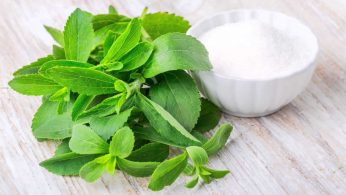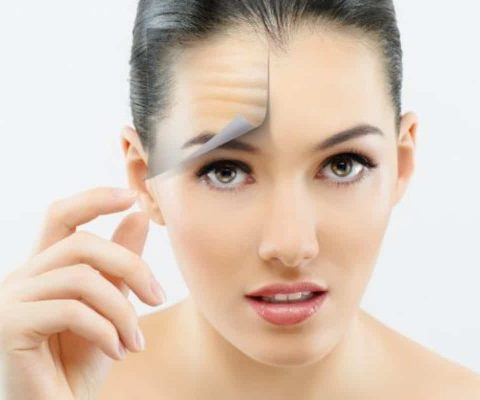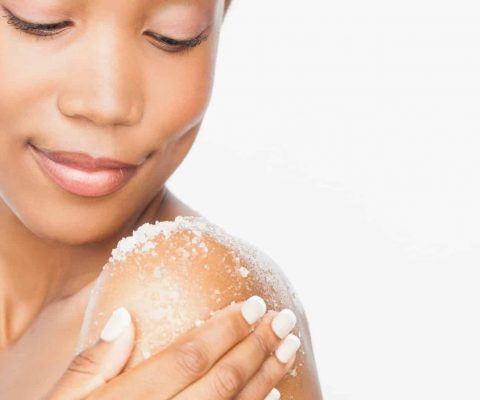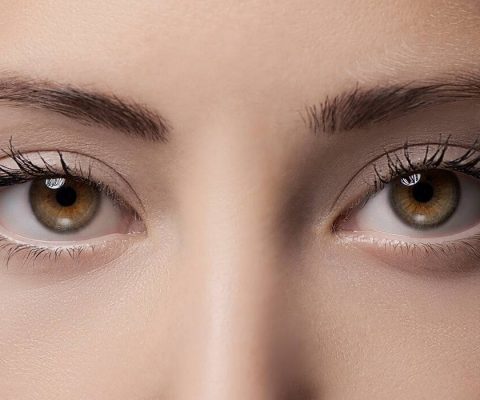The Difference Between 30 and 50 SPF Lotions
Disclosure: We use affiliate links and may receive a small commission on purchases.
 The Difference Between 30 and 50 SPF Lotions
thefitbay.com
The Difference Between 30 and 50 SPF Lotions
thefitbay.com
Sunscreen is an important part of everyday skin care. Not only does it protect the skin against the signs of aging caused by the sun’s harmful rays, such as wrinkles, fine lines, and age spots, but it also reduces our risk of developing deadly cancer. Skin cancer is the most common cancer that is diagnosed every year across the globe. In order to protect yourself against this disease, and to make your skin as healthy and youthful as it can be, sunscreen should be something that you apply every single day.
Being a smart consumer, you want to make sure that you are picking the correct sunscreen for you and your skin. There is a large variety of sunscreen available for purchase, so it can be difficult to know which one to select. Sunscreens come in a variety of different types, as well, and vary in characteristics like formula, consistency, and SPF. Most dermatologists will recommend a sunscreen with an SPF of at least 30 to be worn every single day. However, is there a difference between sunscreens with SPF of 30, and those with SPF of 50?
What does SPF mean?
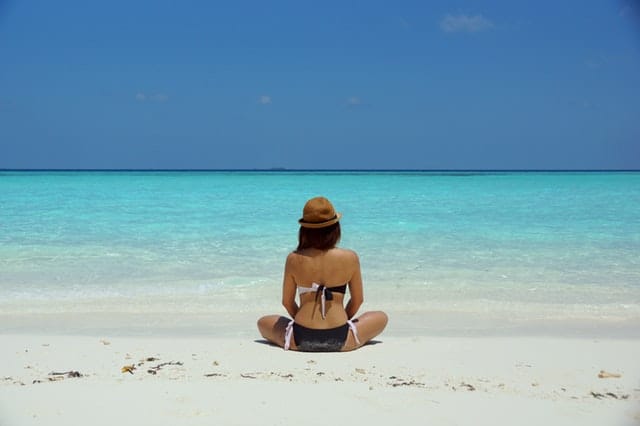
The term SPF is on every single sunscreen bottle you can purchase, but do you actually know what it means? SPF is an abbreviation for sun protection factor, which is a measurement of the amount of time that sunscreen with protect the skin from the sun’s ultraviolet rays (UVB rays.) These rays are what cause the skin to become burnt and to turn red, or blister. UVB rays attack the outermost surface of skin, or the epidermis, which is where the vast majority of skin cancers can be found.
So let’s say you’re using a sunscreen that is SPF 30. This means that if you had normal-type skin, which means that you would typically acquire a sunburn in about 20 minutes of sun exposure with no protection, a sunscreen with SPF 30 would protect you for around ten hours. However, it is recommended to reapply your sunscreen much more often than this, since you are likely engaging in activities that cause you to sweat, or that expose you to water, which means that you’re going to be shedding your sunscreen much more rapidly.
SPF 30 vs. SPF 50
There is a difference between sunscreen lotions that have an SPF of 30, and those that have one of 50, however it’s not much. While sunscreen with SPF 30 blocks 97% of the sun’s dangerous rays, sunscreen with an SPF of 50 stops 98%. This is why most dermatologists will agree that you are set if you are using a sunscreen that has an SPF of at least 30, since the percentage of rays blocked after 30, gets more and more gradual (while the price point rises dramatically.)
This means that if you’re going to the grocery store, or if you’re browsing online, and you see a sunscreen with an ultra-high SPF rating, such as 100, you are most likely not going to get any benefit out of purchasing it.
How to pick the right sunscreen
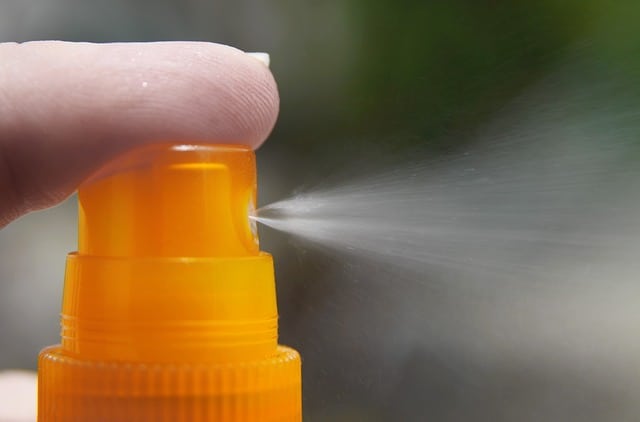
Instead of focusing on SPF (get one with at least 30, and you’ll be set), here are some more important factors to consider when you’re picking out a sunscreen for you and your family.
Get a sunscreen that is broad spectrum, since this means it will block both UVB and UVA rays. (UVA rays penetrate the skin deeper, and cause more rare forms of skin cancer.)
Pick out a sunscreen that is going to be resistant against water. If a sunscreen is labeled with the phrase “water-resistant” this means that it’s going to be able to stay on the body while in the water for 40 minutes or longer. This means that your body is going to be protected against the sun’s rays even if you are participating in water activities, or working up a sweat.
Go for a sunscreen that has an active ingredient of avobenzone. Avobenzone is the ingredient that works by penetrating the surface of the skin and absorbing the sun’s UVA rays. If you have sensitive skin, then look for a sunscreen that has zinc oxide as an active ingredient. Zinc oxide physically reflects harmful rays away, rather than penetrating the skin. Titanium dioxide is another ingredient that works in this fashion.
Finally, make sure that you choose a sunscreen that you actually like, and that you will regularly use. If you pick out the perfect sunscreen but don’t plan on ever using it because you don’t like the way it wears, then it’s pretty much useless. Make sure you experiment with a variety of different effective sunscreens until you find one that you will use regularly.
Other sun protection tips
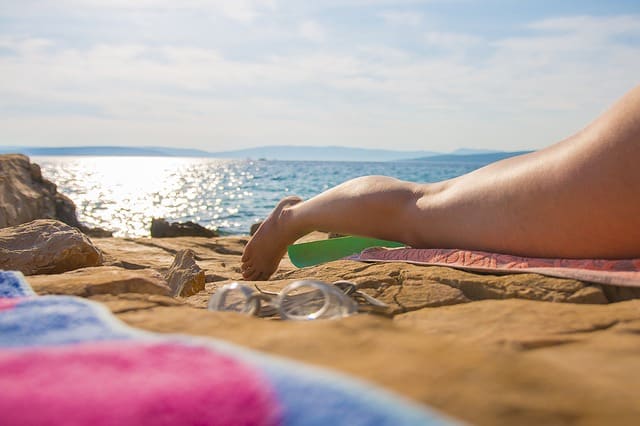
Sunscreen is just one way to keep your skin protected against the sun’s dangerous rays. Make sure that you’re implementing a personal care routine that includes a variety of different ways to help keep you safe and healthy.
Refrain from being out in the sun for long periods of time. Especially if you possess a family history of sun cancer, keep your time spent outside in direct sunlight to a minimum.
If you have to go out in the sun, wear a wide-brimmed hat and sunglasses that block UV rays.
Apply sunscreen every morning to your skin, but especially when you plan on being outside for long periods of time, such as going to the beach.
Reapply sunscreen regularly, around every two hours, or immediately following a water activity or period of intense sweating.
Put your sunscreen on a half hour before heading outside. This will allow it to work as optimally as possible when you’re in the sun.
Visit a dermatologist at least once a year (more often if you have a family history of skin cancer) to undergo an annual skin cancer screening. When caught in its early stages, skin cancer can be easily treated, and good prognoses are typical.




